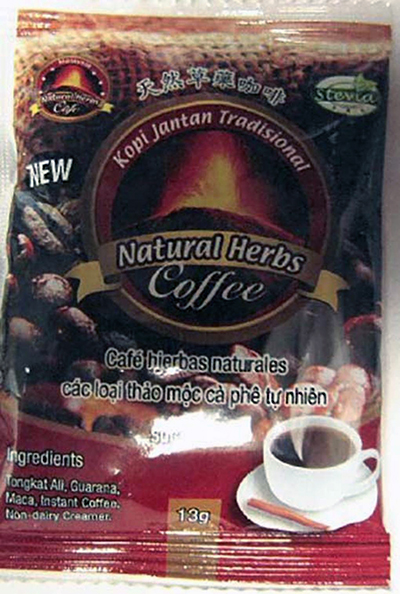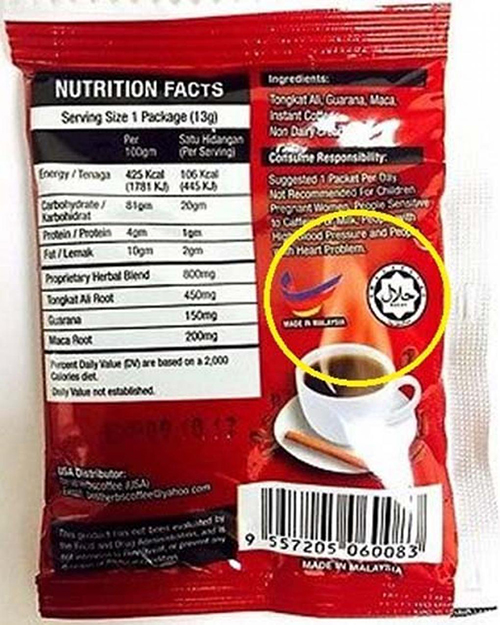We live in a world where information on any subject is at our fingertips and can be accessed instantly. These real-time notifications keep us up to date on whatever topics we choose. This information helps guide our daily decisions and communicate more effectively with each other.
The same is true in business. We can be more efficient and make more informed decisions based on the information we have at various points throughout our day. However, for many companies and industries, the key is figuring out what information is needed and how it can be transmitted in real-time to increase the efficiency or effectiveness of the work.
In an industry not known for being on the leading edge of new technology, it is still not uncommon to have data captured using the good old pad and pencil method. This, unfortunately, limits visibility and the timely application of that information. This is especially critical when it comes to sanitation and food safety data. It is a complex, high-risk industry with tight timelines and lots of moving parts (figuratively and literally), and various teams working together 24/7.
The 2019 Food Safety Consortium Conference & Expo features a dedicated track on Cleaning & Sanitation | Attend the event October 1–3 | Schaumburg, ILAdditionally, new rules and regulations around FSMA require processors to have more detailed documentation of a food safety plan and produce data proving adherence to that plan during plant inspections. Processors must show that best practices are being followed and address any instances where concerns may arise with immediate corrective actions, or face potential fines or temporary shutdown of production.
The bottom line is, technology is no longer a “nice to have”, it is a must have. Data is our friend and, if used appropriately, can significantly help mitigate risk and improve food safety.
Innovation in Sanitation
Specifically in the sanitization process, there is a distinct science-based, data-driven approach that can be used to document and report on the consistency and effectiveness of each cleaning process. However, without the right experience or specific microbiological training, it is hard for a processor to know what to document, how to document it and why it matters.
For instance, as part of standard operating procedures, our team always monitors and documents four key factors that can influence a successful cleaning process: Time, temperature, concentration of cleaning agents and mechanical force (i.e., water pressure). If any one variable as part of the sanitization process is off, it can impact the overall effectiveness of the cleaning.
This is the type of risk-based data that can be applied as part of FSMA reporting and compliance.
However, the real opportunity for improving food safety is about the visibility of that data and how it can be used to adjust the sanitization processes in real-time.
I was fortunate to be part of a team that developed and implemented a new real-time performance metrics platform over the last year. It is a digital system that helps sanitation teams proactively track and respond to critical data that can impact the effectiveness of the sanitation process.
Replacing the pen-and-paper method is a system in which data is logged digitally into an application on a tablet or mobile device in real-time during the sanitation process.
Site managers closely monitor data, which can be shared or accessed by other stakeholders to perform analytics and make real-time adjustments to the sanitation process. The system sends alerts and notifications regarding changes or updates that must be made as well.
From internal communications to coordination with USDA and FDA inspectors, it supports a much more seamless communication structure as well. Employees feel more confident and empowered to manage the sanitation process and partners feel armed with the right information and data to focus on managing the needs of their business.
As an industry, I believe we have a great opportunity ahead of us to continue advancing food safety. The technology and tools are there to support us. It is a matter of taking small steps to innovate and improve efficiencies in our own businesses every day that will have a drastic impact on the industry as a whole.






















